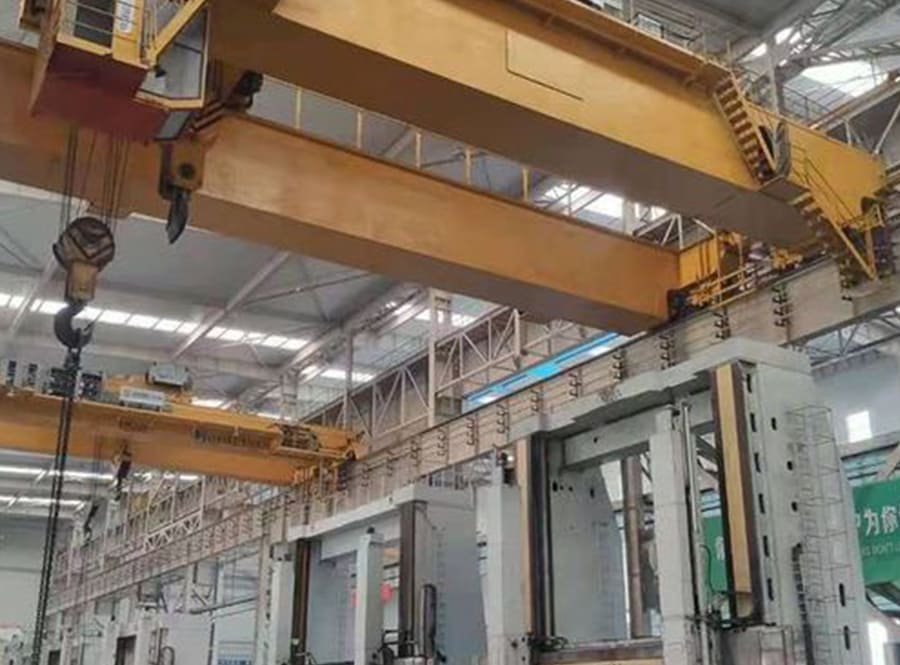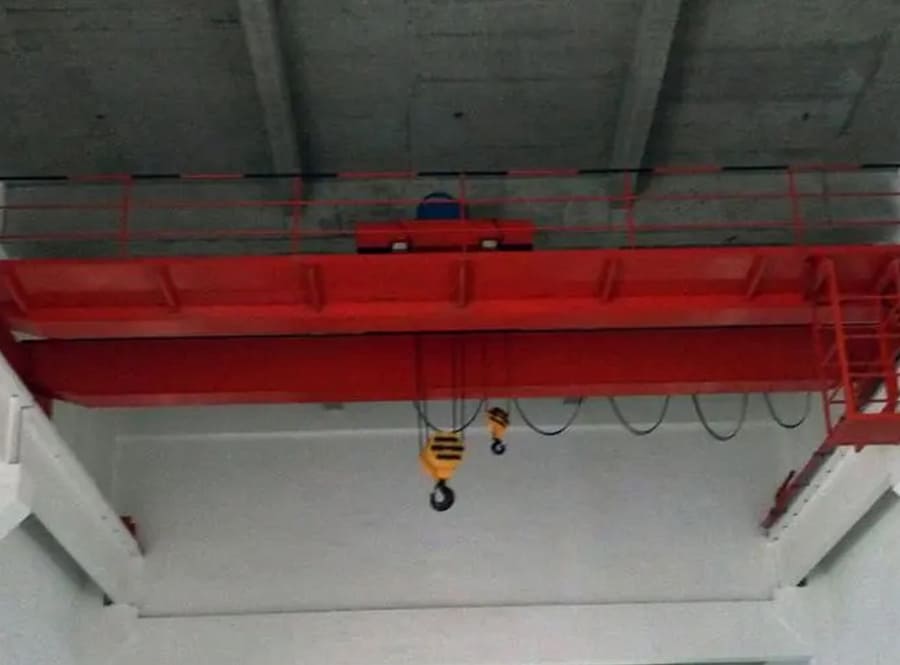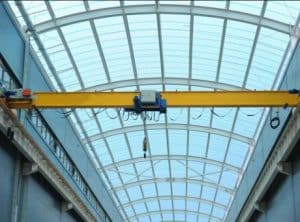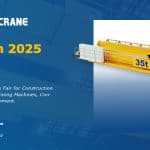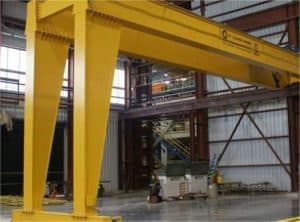Electric Overhead Traveling (EOT) cranes have long been a staple in the material handling industry, revolutionizing the lifting and transportation of heavy loads. While traditional EOT cranes have been widely used, recent years have witnessed the emergence of innovative types that offer novel features and applications. This article takes a fresh perspective on the evolution of EOT cranes, shedding light on their cutting-edge types and exploring their unique capabilities.
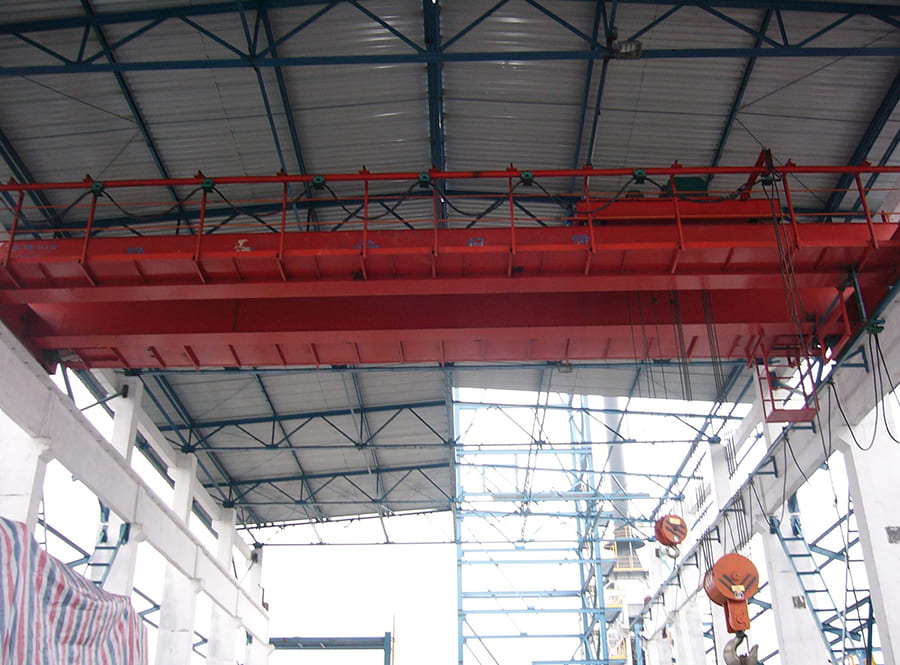
Articulating Arm EOT Cranes:
One of the noteworthy advancements in EOT crane technology is the introduction of articulating arm cranes. These cranes feature flexible arms that can extend, retract, and articulate to reach difficult-to-access areas. The articulating arm EOT cranes excel in operations where precise load placement is crucial, such as in manufacturing assembly lines, warehouses with irregular layouts, or construction sites with limited space. Their ability to navigate obstacles and reach specific locations with accuracy makes them invaluable for optimizing efficiency and productivity.
Automated Guided Vehicle (AGV) EOT Cranes:
The integration of automation and EOT crane technology has given rise to AGV EOT cranes, which combine the lifting capabilities of EOT cranes with autonomous navigation systems. These cranes are equipped with sensors, cameras, and advanced control algorithms that enable them to operate without human intervention. AGV EOT cranes excel in dynamic warehouse environments, where they can autonomously transport loads, optimize storage space, and seamlessly integrate with inventory management systems. By eliminating the need for manual control, AGV EOT cranes enhance safety, reduce labor costs, and streamline material handling processes.
Robotic EOT Cranes:
Robotic EOT cranes represent a significant breakthrough in the field of automation and robotics. These cranes are equipped with robotic arms that can perform complex tasks, such as sorting, stacking, and assembling various items. The robotic arms are equipped with advanced grippers or tooling systems that allow them to handle diverse materials or objects with precision. Robotic EOT cranes find applications in industries such as logistics, automotive, and manufacturing, where they can significantly increase efficiency, accuracy, and throughput by automating repetitive tasks and reducing human error.
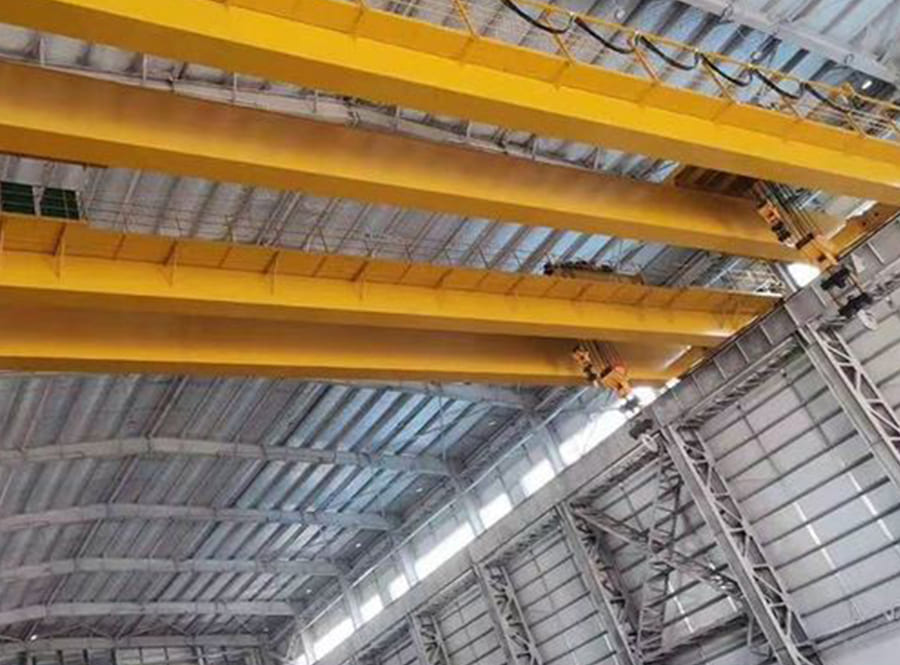
Smart EOT Cranes with IoT Integration:
With the advent of the Internet of Things (IoT), Grúas puente have evolved into smart and interconnected systems. These smart cranes feature sensors, actuators, and data communication capabilities that enable real-time monitoring, predictive maintenance, and optimization of operations. By collecting and analyzing data on factors like load weight, crane performance, and environmental conditions, smart EOT cranes can optimize energy consumption, prevent equipment failures, and improve overall efficiency. The integration of IoT technologies enhances safety, enables proactive maintenance, and provides valuable insights for process optimization.
Conclusión:
The world of EOT cranes is undergoing a remarkable transformation, driven by technological advancements and the need for enhanced efficiency and productivity. Articulating arm EOT cranes, AGV EOT cranes, robotic EOT cranes, and smart EOT cranes with IoT integration represent a new era of innovation in material handling. These cutting-edge types of EOT cranes offer unique capabilities and cater to specialized applications, transforming the way heavy loads are lifted, transported, and managed. As industries continue to embrace these innovative solutions, the future of EOT cranes holds immense potential for further advancements and increased operational excellence.








